Strength classes of nuts
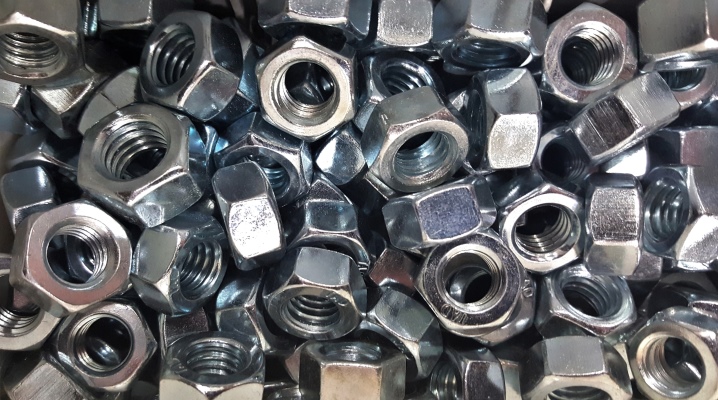
Nuts can be found in many places, from children's designers to the most complex mechanisms. They can have a variety of forms, but all obey the same requirements. In this article, we will highlight some of the nuances of their production and labeling.
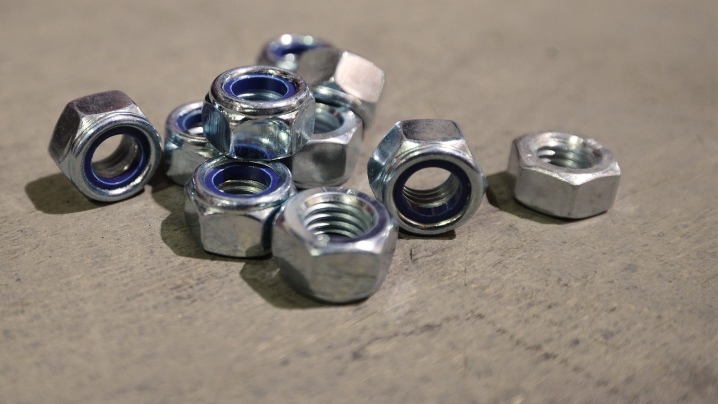
What classes are there?
Strength classes for nuts are approved in GOST 1759.5-87, which is currently not relevant. But its analogue is the international standard ISO 898-2-80, it is on it that manufacturers all over the world are guided. This document applies to all metric nuts except fasteners:
- with special parameters (work in extreme temperatures - 50 and +300 degrees Celsius, with high resistance to corrosion processes);
- self-locking and locking type.

According to this standard, nuts are divided into two groups.
- With a diameter of 0.5 to 0.8 mm. Such products are called "low" and serve in places where a high load is not expected. Basically, they protect against loosening a nut with a height of more than 0.8 diameter. Therefore, they are made from low-grade low-carbon steel. For such products, there are only two strength classes (04 and 05), and they are designated by a two-digit number. Where the first says that this product does not hold a power load, and the second shows one hundredth of the effort at which the thread can break.
- With a diameter of 0.8 or more. They can be of normal height, high and especially high (respectively Н≈0.8d; 1.2d and 1.5d). Fasteners above 0.8 diameters are designated by one number, which indicates the greatest degree of reliability of the bolts with which the nut can be connected. In total, there are seven strength classes for nuts of a high group - this is 4; 5; 6; eight; nine; 10 and 12.
The normative document specifies the rules for the selection of nuts to bolts in terms of strength level. For example, with a class 5 nut, it is recommended to use a bolt section less than or equal to М16 (4.6; 3.6; 4.8), less than or equal to М48 (5.8 and 5.6). But in practice, it is advised to replace products with a low level of strength with a higher one.
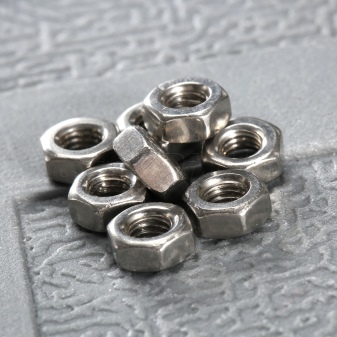
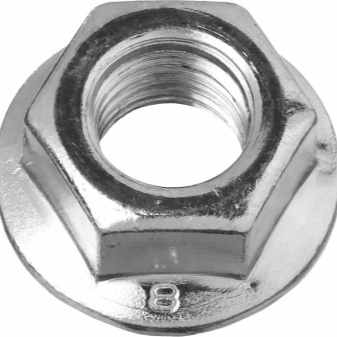
Symbols and markings
All nuts have a reference designation, it shows the specialists the basic information about the products. Also, they are marked with information about the parameters and properties of hardware.
The symbol is divided into three types:
- full - all parameters are indicated;
- short - not very significant characteristics are described;
- simplified - only the most important information.

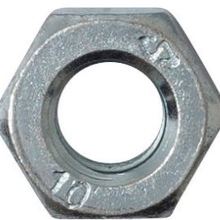
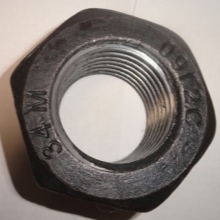
The designation includes the following information:
- type of fastener;
- accuracy and strength class;
- view;
- step;
- thread diameter;
- coating thickness;
- designation of the standard according to which the product was manufactured.
In addition, the nut is marked to help identify the fastener. It is applied to the end face and, in some cases, to the side. It contains information about the strength class and the manufacturer's mark.
Nuts with a diameter less than 6 mm or with the lowest safety class (4) are not marked.
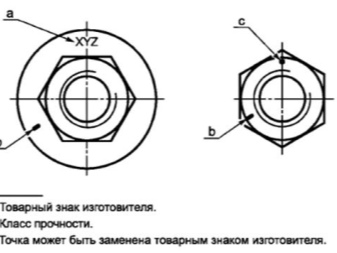
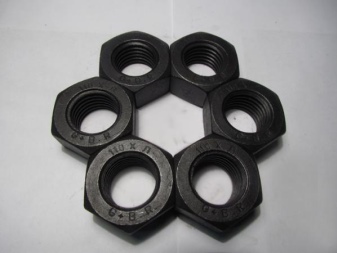
The inscription is applied by the method of deepening into the surface with a special automatic machine. Information about the manufacturer is indicated in any case, even if there is no strength class. Complete data can be obtained by examining the relevant sources. For example, information for high strength nuts can be found in GOST R 52645-2006. Or in GOST 5927-70 for ordinary ones.
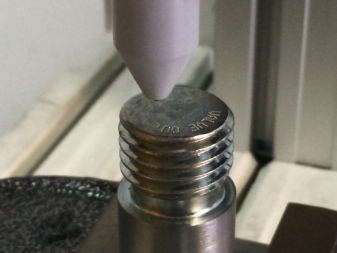
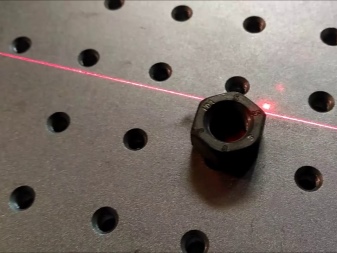
Manufacturing technology
In the modern world, several technologies are used with the help of which nuts are manufactured. Some of them are used for the production of large quantities of fasteners with a minimum amount of scrap and optimal material consumption. The process takes place practically without human participation, in automatic mode. The main methods for the production of nuts in large volumes are cold stamping and hot forging.
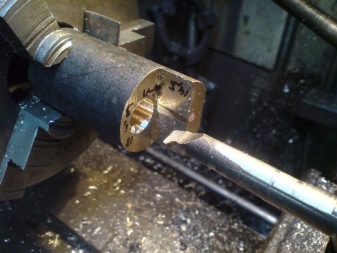
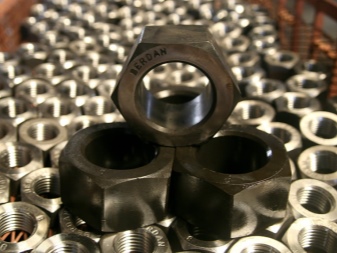
Cold stamping
It is a fairly progressive technology that allows the production of fasteners in large quantities with small losses of no more than 7% of the total number of products. Special automated machines allow you to receive up to 400 products within a minute.
Stages of manufacturing fasteners using cold technology.
- Bars are prepared from the desired type of steel. Before processing, they are cleaned of rust or foreign deposits. Then phosphates and a special lubricant are applied to them.
- Slicing. Metal blanks are placed in a special mechanism and cut into pieces.
- The blanks of the nuts are cut off with a movable cutting mechanism.
- Stamping. After all the previous manipulations, the blanks are sent to a hydraulic stamping press, where they are shaped and a hole is punched.
- The final stage. Cutting threads inside parts. This operation is carried out on a special nut-cutting machine.
After completing the work, some nuts from the batch must be checked for compliance with the preset parameters. These are dimensions, threads and the maximum load that the product can withstand. For the production of hardware using this technology, a certain steel is used, intended for cold stamping.
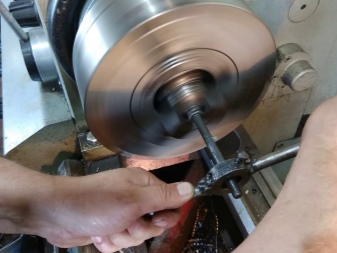
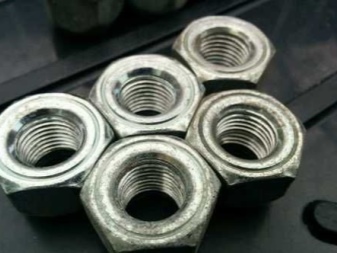
Hot forging
Hot nut technology is also very common. The raw material for the production of hardware in this way is also metal rods, cut into pieces of the required length.
The main stages of production are as follows.
- Heat. The cleaned and prepared rods are heated to a temperature of 1200 degrees Celsius so that they become plastic.
- Stamping. A special hydraulic press forms hexagonal blanks and punches a hole inside them.
- Thread cutting. Products are cooled, threads are applied inside the holes. For this, rotating rods resembling taps are used. To facilitate the process and prevent rapid wear during cutting, machine oil is supplied to the parts.
- Hardening. If the products require increased strength, they are hardened. To do this, they are heated again to a temperature of 870 degrees Celsius, cooled at high speed and immersed in oil for about five minutes. These actions harden the steel, but it becomes brittle. To get rid of fragility, while maintaining strength, the hardware is kept in an oven for about an hour at a high temperature (800-870 degrees).

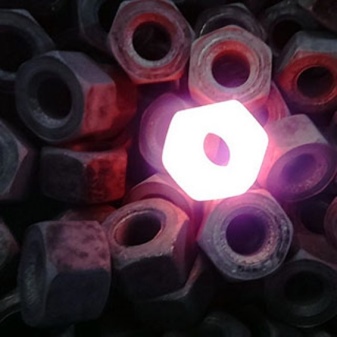
After the completion of all processes, the nuts are checked on a special stand for compliance with the strength requirements. After checking, if the hardware has passed it, they are packed and sent to the warehouse. The production facilities still have outdated equipment in need of repair and maintenance work. For the production of fasteners to such equipment, turning and milling machines are used. However, such works are characterized by very low productivity, huge consumption of materials. But they are needed in any case, and therefore, for small batches of fasteners, this technology is still relevant.
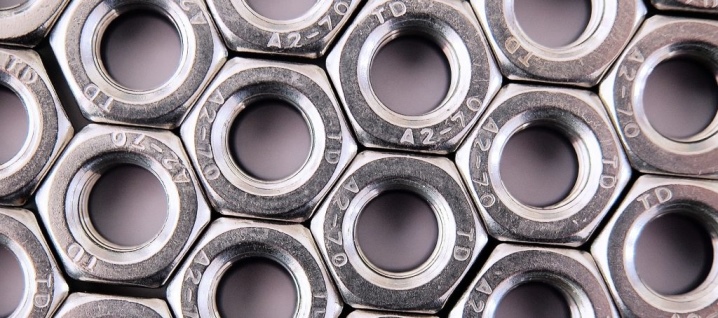
See the following video for the manufacturing process of nuts and other hardware.













The comment was sent successfully.